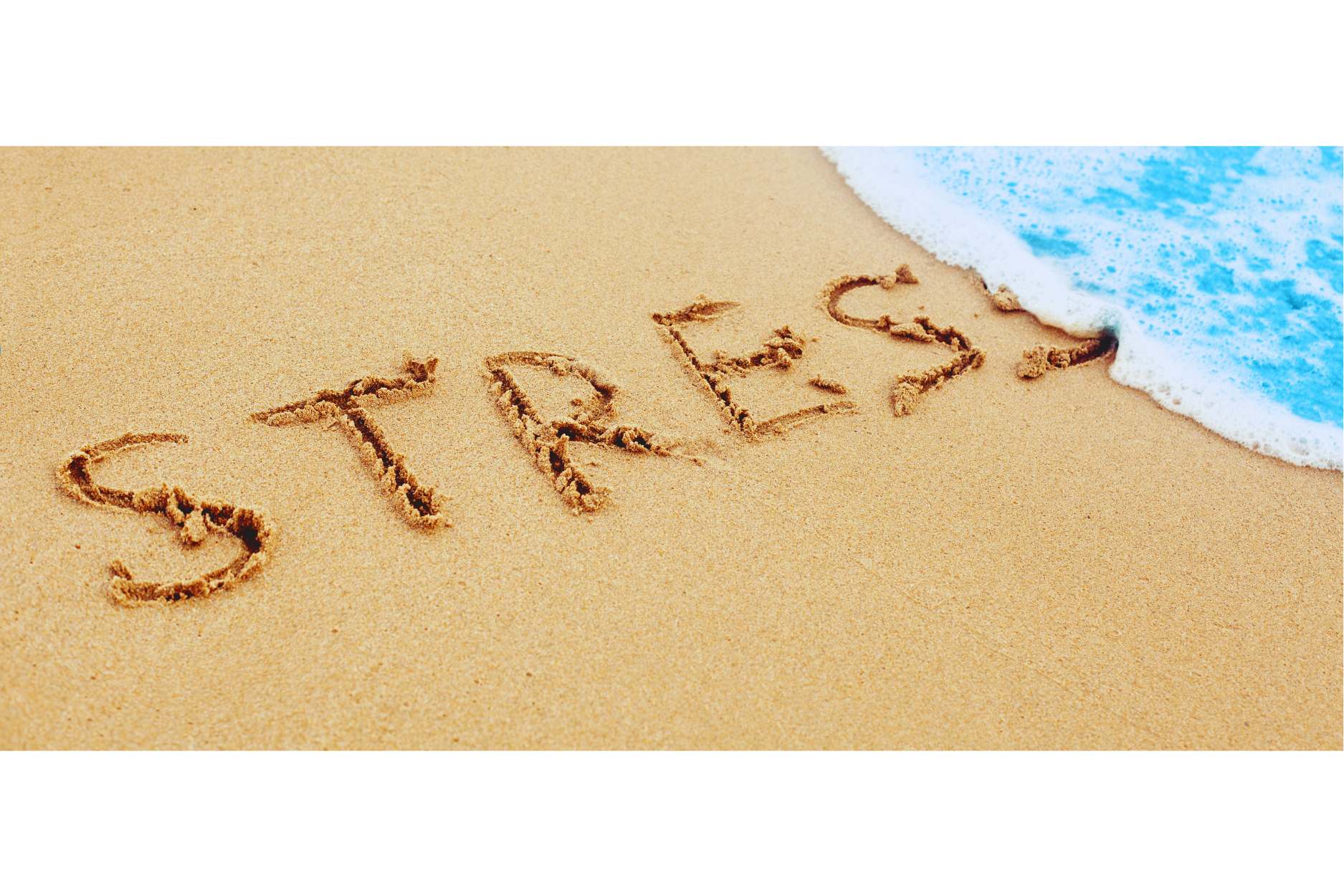
10 Proven Ways to Reduce Anxiety and Stress
Deadlines, family responsibilities, bills piling up, and the constant buzz of notifications. It’s no wonder stress and anxiety are at record highs. Your heart races, your concentration slips, and sleep feels out of reach.
The good news? While you can’t completely remove stress or anxiety from life, you can learn how to manage them in healthy, effective ways. Research shows that the right techniques can quickly calm the body, ease anxious thoughts, and even rewire the brain for greater resilience.
In this guide, we’ll explore 10 powerful, science-backed techniques to reduce both stress and anxiety. Some strategies offer near-instant relief, while others help build long-term resilience when practiced consistently.
Stress vs. Anxiety: What’s the Difference?
Before diving into the techniques, it’s helpful to understand how stress and anxiety overlap yet remain distinct.
-
Stress is the body’s response to an external challenge like a deadline, a family conflict, or financial strain. Once the situation ends, stress usually fades.
- Anxiety, on the other hand, lingers even without an immediate trigger. It’s marked by persistent worry, tension, and physical symptoms such as rapid heartbeat, shallow breathing, or restlessness.
Both share similar biological pathways involving cortisol, adrenaline, and the amygdala, which is why many stress-management strategies also help ease anxiety (Harvard Health).
1. Slow Your Breathing with Diaphragmatic Breathing
 Breathing is one of the fastest ways to send a “calm down” signal to your nervous system. Instead of shallow chest breathing, diaphragmatic breathing fully engages the diaphragm, improving oxygen exchange and calming the body.
Breathing is one of the fastest ways to send a “calm down” signal to your nervous system. Instead of shallow chest breathing, diaphragmatic breathing fully engages the diaphragm, improving oxygen exchange and calming the body.
How to Practice:
1. Sit comfortably and place one hand on your stomach, the other on your chest.
2. Inhale slowly through your nose for five seconds, allowing your belly to rise.
3. Exhale gently for five seconds.
4. Continue for three to five minutes.
Research shows that slow breathing reduces cortisol and activates the parasympathetic nervous system — the body’s natural relaxation mode. [1]
2. Smile Through the Stress

It may sound overly simple, but studies show that smiling — even when forced — reduces heart rate and helps the body recover from stress more quickly. Positive facial expressions not only influence mood but also shift physiology. [2]
Next time you feel anxious, try smiling while taking slow breaths. It may feel silly at first, but it tricks your brain into calming down.
3. Practice Gratitude

Gratitude isn’t just a feel-good exercise. Neuroscience shows that expressing gratitude releases dopamine and serotonin, which improve mood and build resilience against anxiety. [3]
| Practical Tip: Each morning or evening, jot down three things you’re grateful for. At Savvy, our team often starts the day with gratitude reflections to set a calm, focused tone. |
If you’d like to explore this deeper, check out our blog on daily wellness rituals for building lasting mental clarity.
4. Use the Power of Sound

Noise has a direct effect on the nervous system. Loud, jarring sounds elevate stress, while soothing music or nature sounds lower blood pressure and reduce anxiety.
Research even shows that music therapy can, in some cases, rival medication in effectiveness for reducing anxiety. [4]
Experiment with classical playlists, ocean sounds, or ambient tracks when you feel overwhelmed.
5. Hug It Out & Help Others

Physical touch is a natural stress reliever. Hugging releases oxytocin — the “cuddle hormone” — which lowers cortisol and blood pressure.[5] One study even found that frequent hugs protect against stress-related illnesses.
Helping others has a similar effect. Known as “tend and befriend” behavior, it strengthens social bonds, one of the most powerful buffers against anxiety. Something as simple as volunteering, checking on a friend, or offering help can shift your mental state.
6. Try Meditation or Mindfulness
Meditation literally changes the brain. MRI studies reveal that regular mindfulness practice reduces activity in the amygdala (the fear and anxiety center) while strengthening regions tied to focus and self-control. [6]
Even five minutes per day makes a difference. You can start with apps like Calm or Headspace, or try a simple breath-awareness practice at home.
If you’re curious about pairing mindfulness with natural wellness, explore Savvy’s guide to mindfulness and nutrition.
7. Support Your Body with Adaptogens

Adaptogens are herbs that help balance the body’s stress response. [7] Some of the most studied include:
-
Rhodiola Rosea – boosts energy and reduces fatigue.
-
Panax Ginseng – enhances focus and mood.
- Ashwagandha – lowers cortisol and eases anxiety.
You’ll find these adaptogens in select Savvy blends, carefully formulated to support calm focus and natural energy. [8] The key is consistency — adaptogens work best when taken regularly, not just occasionally.
8. Try Guided Imagery

Guided imagery uses visualization to soothe the nervous system. By imagining yourself in a calming environment — like lying on a beach or walking in a forest — your body reacts as if you’re truly there.
Even 5–10 minutes of guided imagery can lower heart rate and quiet anxious thoughts. [9] You can follow a guided meditation on YouTube or record your own calming script.
9. Move with Yoga

Yoga is a triple threat: movement, controlled breathing, and mindfulness. Studies show it boosts GABA, a calming neurotransmitter that counteracts anxiety. [10]
You don’t need a 90-minute studio class — even 15 minutes at home can improve focus and mood. Many free online sessions are beginner-friendly and require no equipment.
10. Create Calm Through Creativity

Immersing yourself in creative activities — painting, journaling, music, gardening — provides a natural outlet for stress. Creative engagement activates different parts of the brain, pulling focus away from rumination.[11]
Even short bursts of creativity help. One study found that just six minutes of reading reduced stress levels by 68%. [12]
If you don’t have time for hobbies, spending time with pets or even watching calming animal videos offers measurable benefits.
Potential Drawbacks & When to Seek Help
While these tools are powerful, they’re not a substitute for professional care if anxiety is chronic or severe.
-
Over-reliance on supplements may interfere with medications.
-
Meditation can temporarily heighten awareness of anxious thoughts before easing them.
- Exercise may feel overwhelming at first — pacing is essential.
| If stress or anxiety regularly interferes with daily life, seek guidance from a healthcare professional or therapist. |
Final Thoughts
Stress and anxiety are part of being human, but they don’t have to control your life. From mindful breathing to gratitude journaling, social connection, and supportive adaptogens, you now have 10 practical tools to create calm and build resilience.
The key is consistency. Start with one or two techniques that resonate, then gradually make them part of your daily routine. With time, you’ll not only reduce stress more effectively — you’ll develop lasting balance and inner calm.
For more science-backed wellness tips, explore our Savvy wellness blog.
References:
[2] Smile to see the forest: Facially expressed positive emotions broaden cognition
[3] The Neuroscience of Positive Emotions and Gratitude in Healthy Ageing and Longevity
[5] Hug Therapy: The Power of Therapeutic Touch for Emotional Healing
[6] Functional Connectivity of Prefrontal Cortex in Various Meditation Techniques – A Mini-Review
[7] A current status of adaptogens: natural remedy to stress
[9] Effect of a Brief Guided Imagery on Stress
[11] Exploring Natural Materials: Creative Stress-Reduction for Urban Working Adults
[12] Reading: A Solution for Stressed Managers?








